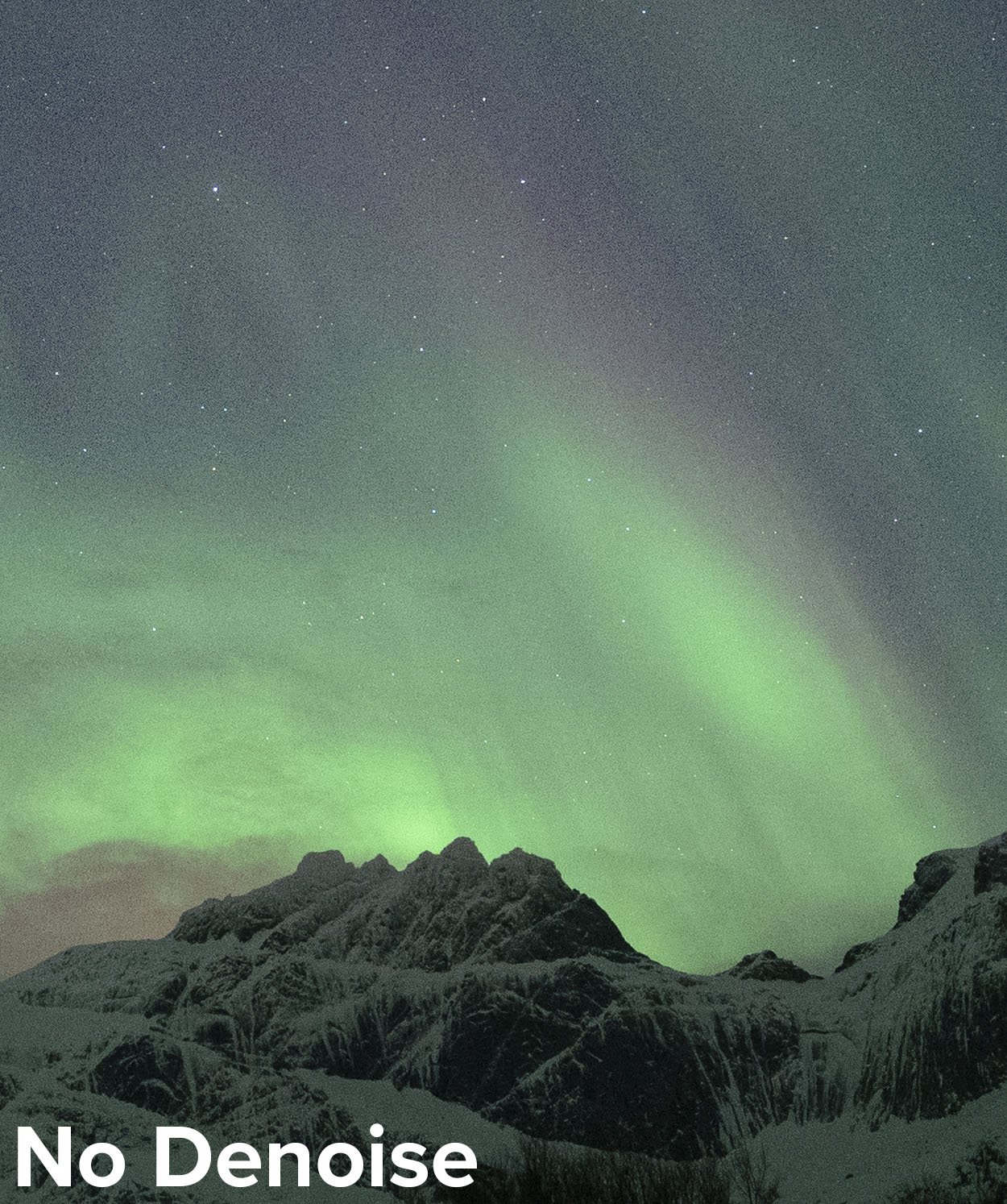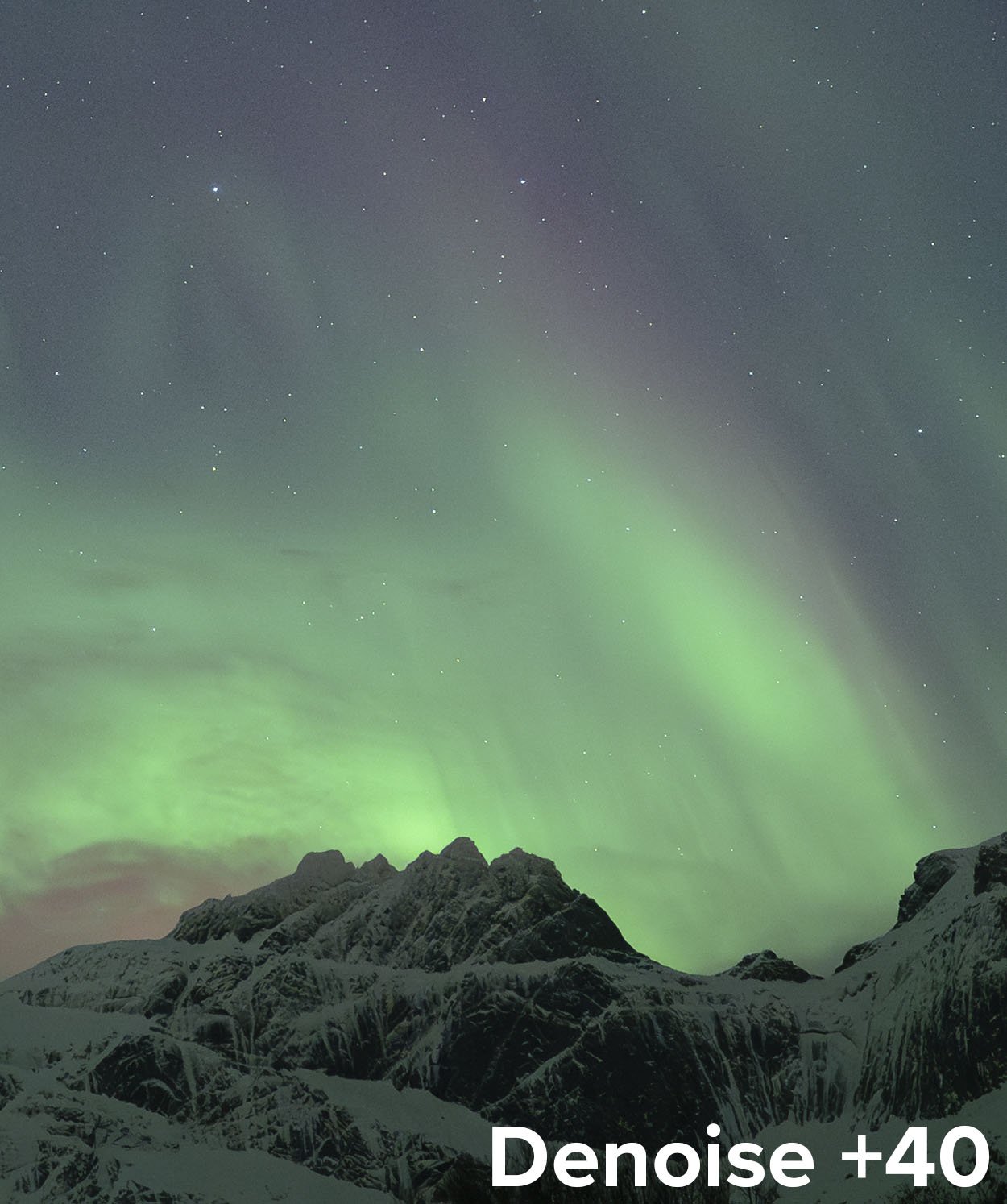Earlier this week Adobe released its latest updates to Lightroom and Photoshop. As happens sometimes, this particular release included some tweaks that are exciting for night photographers.
The biggest among those was the introduction of Lightroom’s new AI-based Denoise feature, which is simple to use and amazingly effective. On Tuesday we published a video post that explains the new Denoise feature (see “Cutting Through the Noise: Lightroom Just Made Night Photography Better”). You can see the power of this new tool in these before and after pictures:
But Denoise isn’t the only new thing to be excited about in Lightroom and Photoshop. Several other new features in this release will prove to be a real benefit for the night photography enthusiast. In today’s blog post, I’m sharing a video to show all the new tools and tweaks that you’ll want to look into, as well as some tips on how to use them, including:
the new ability to use Lightroom Curves adjustments on a masked selection
how to use the targeted adjustment tool to speed up manual changes to Curves
the new ability to open multiple images into the same Photoshop file as Smart Object layers (and why you’d want to do that)
two examples of using two Smart Object layers for better control when creating a blue hour blend
Check it out below.
Wrapping Up
All in all, it’s a great day to be a night photographer!
What are you most excited about in the latest Adobe updates? What photos are you making with them? Share in the comments below, or on our Facebook page, or on Instagram (tag us @nationalparksatnight #nationalparksatnight #seizethenight).











